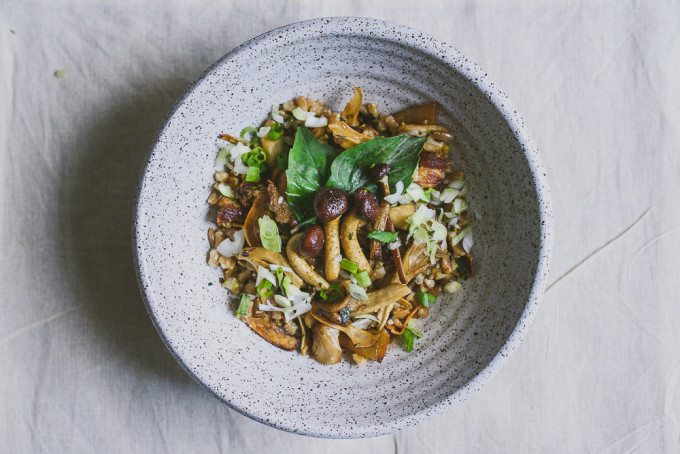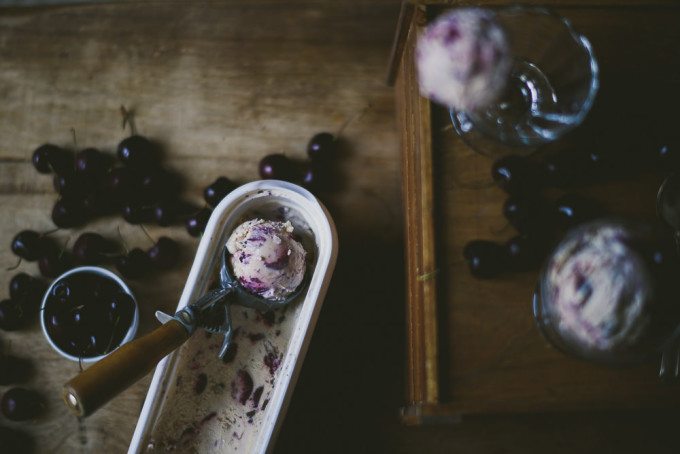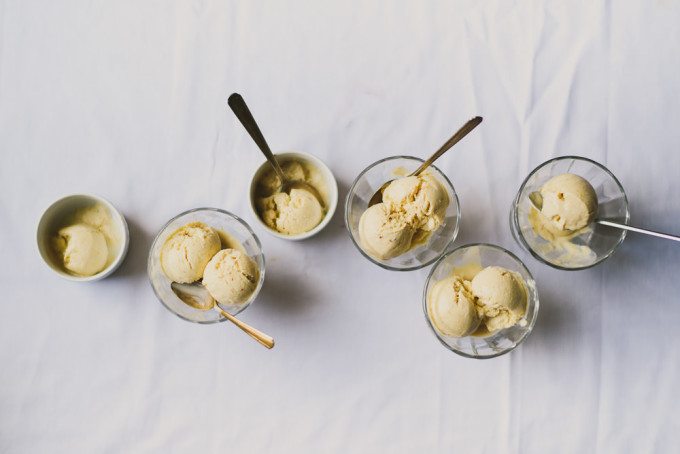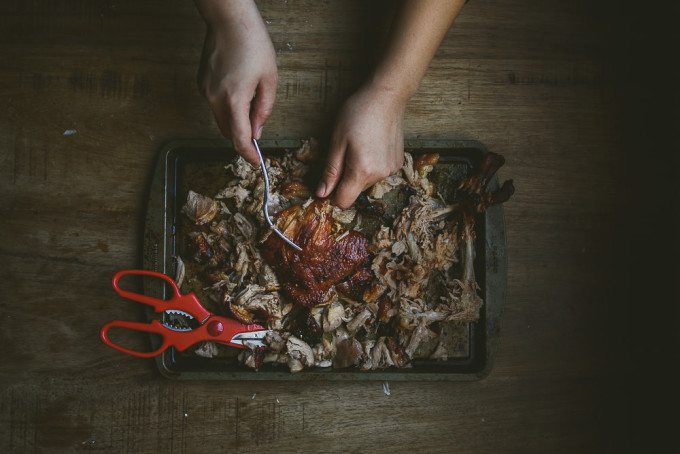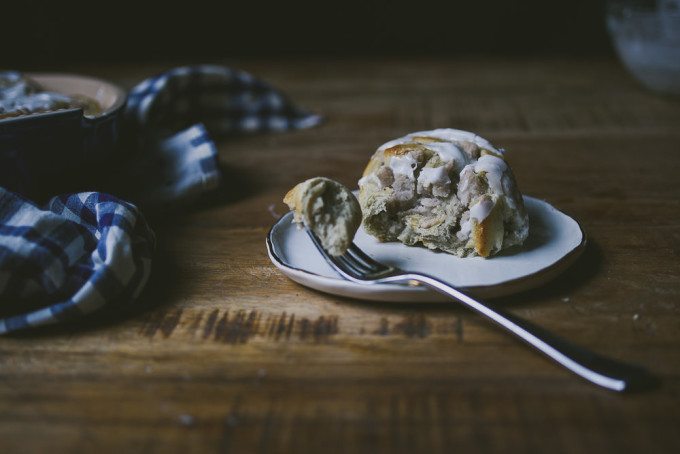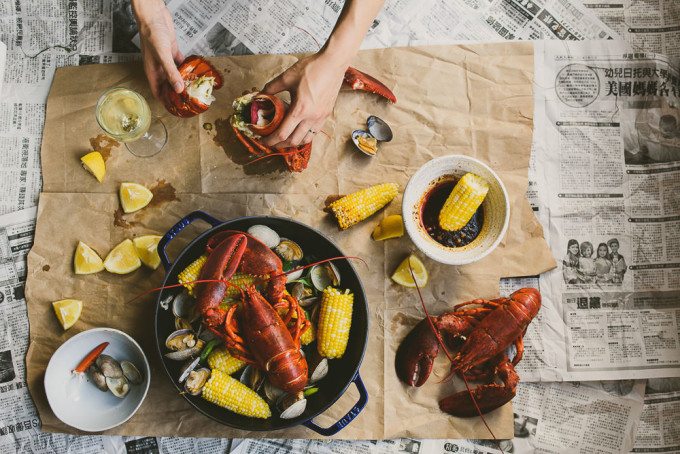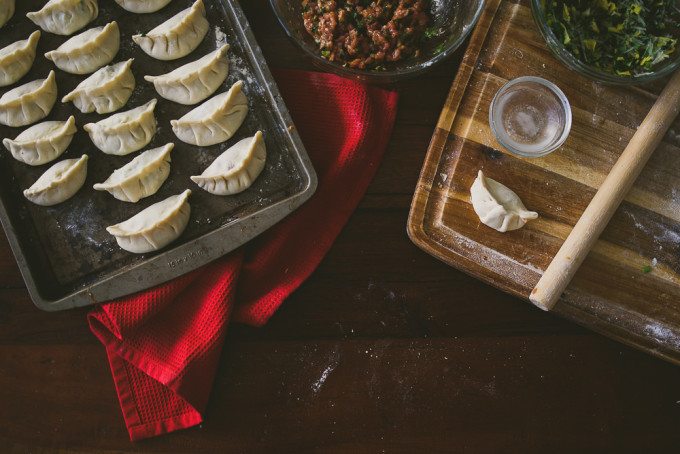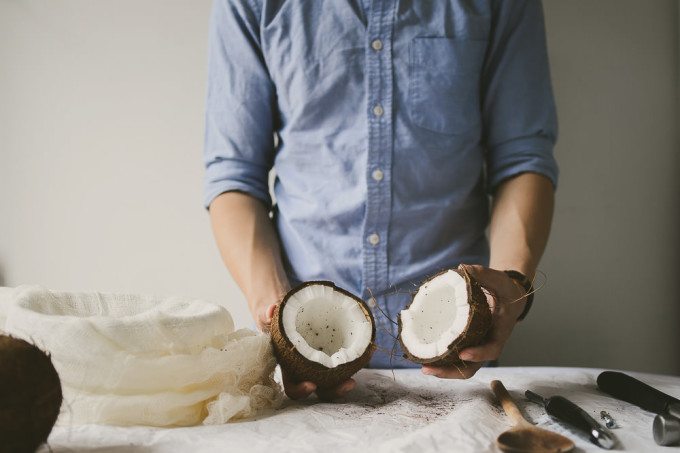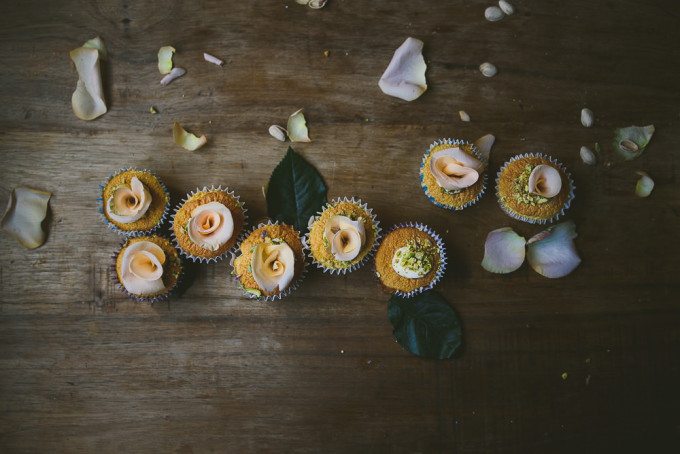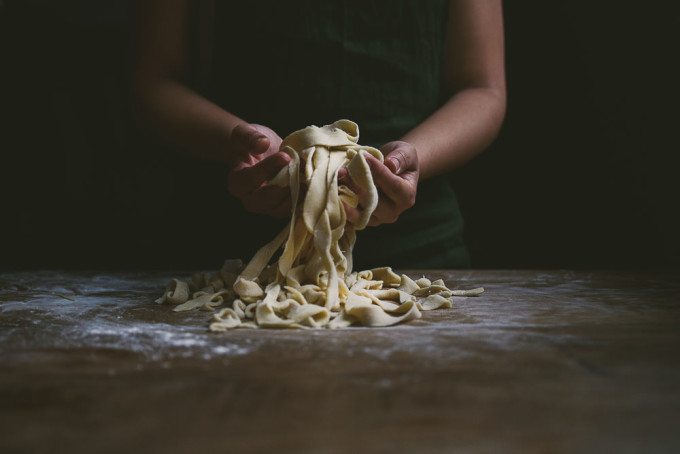Last Updated on 08/05/2015 by Julius Motal
All photographs are copyright and used with permission by Betty Liu.
When Betty Liu isn’t off photographing a wedding, you can probably find her in kitchen where she puts together her mother’s recipes that are a celebration of Shanghai cuisine. Betty photographs her creations and writes about them on her blog. Food photography is a hobby and a passion project, and her rustic aesthetic makes her culinary tableaus both soothing and inviting. We spoke with Betty recently about her approach to photographing food.
You can also find her on Facebook and on Instagram @bliu07.
Phoblographer: What made you become interested in food photography?
Betty: When I first started my blog, my focus wasn’t on the photography part of it. I just wanted a space to document recipes and 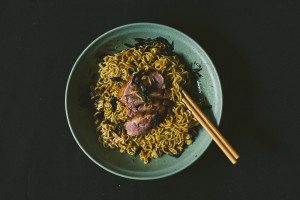 kitchen experiments. However, as a wedding photographer, I naturally wanted to have some visually pleasing photographs to accompany the recipes. My first photos were pretty horrible, and slowly I began to understand the concept of styling, or using props to tell a story, both aspects of food photography that really appeal to me. Then, when I started to share recipes with more intricate wrapping processes, such as for these shanghai shaomai or zongzi, I couldn’t even begin to describe these processes in words. I used photography to visually document the process, so that anyone attempting this recipe can follow along. This realization was an epiphany for me- that I can use my photography skills to help readers understand the recipe more thoroughly. One of my readers has commented that she feels like she’s in the kitchen with me sometimes with these detailed shots. I’ve come to really love food photography – it’s a major part of my blog and I think its come to be defined not only by the recipes but also by the photography.
kitchen experiments. However, as a wedding photographer, I naturally wanted to have some visually pleasing photographs to accompany the recipes. My first photos were pretty horrible, and slowly I began to understand the concept of styling, or using props to tell a story, both aspects of food photography that really appeal to me. Then, when I started to share recipes with more intricate wrapping processes, such as for these shanghai shaomai or zongzi, I couldn’t even begin to describe these processes in words. I used photography to visually document the process, so that anyone attempting this recipe can follow along. This realization was an epiphany for me- that I can use my photography skills to help readers understand the recipe more thoroughly. One of my readers has commented that she feels like she’s in the kitchen with me sometimes with these detailed shots. I’ve come to really love food photography – it’s a major part of my blog and I think its come to be defined not only by the recipes but also by the photography.
Phoblographer: How did you get the idea and inspiration to create the food blog?
Betty: My mom cooked homestyle Chinese food throughout my childhood, and when I went off to college in the Midwest, I realized how much I took that for granted. I begged my mom to teach me a couple signature dishes, but she didn’t give me any recipes. Instead, it was a little bit of this here, a little bit of that, and “cook until it feels or looks right.” I loved that, but I also did not have the cooking experience to just judge if something was cooked through, so I ended up experimenting and tweaking it down to a recipe I could rely on. My blog was really a space I could document this, and my husband encouraged me to make it public – that others might want to know how to cook homestyle Chinese food. It kind of blossomed out from there.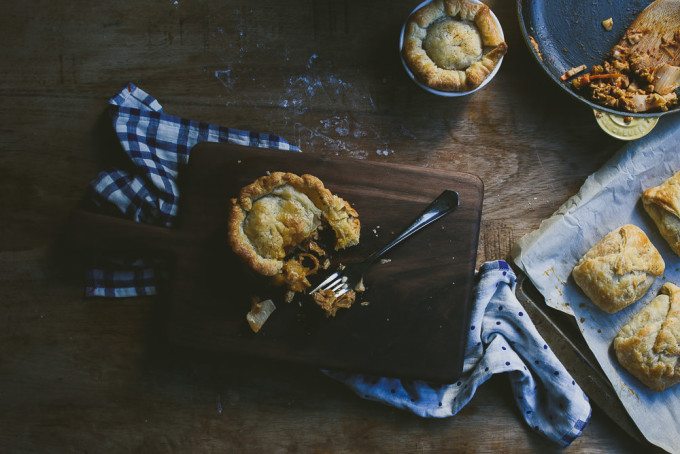
Phoblographer: You have wonderful photography that puts a much more
lifestyle spin on food images. Where do you get your creative inspiration from?
Betty: Weddings inspire my food photography, and my food photography inspires my work in wedding details. As a wedding photographer, I’m always photographing people. I’m always trying to document two people’s story and their interactions between themselves as well as with their friends and family. My food photography is similarly focused on the relationship between people and food. I love shooting tablescapes and food spreads, but what really gets me excited is incorporating the human element, usually hands. The dish instantly becomes more dynamic, more relatable and accessible, when hands are incorporated into the shot. I also find inspiration everywhere in life. I’m constantly inspired by culinary magazines, other bloggers, and more recently, I’ve been loving handmade props from makers. A gorgeous tactile handmade wooden spoon or a beautiful ceramic bowl really inspire me to incorporate them in photos. And of course, the process of making food has always been a major inspiration for me.
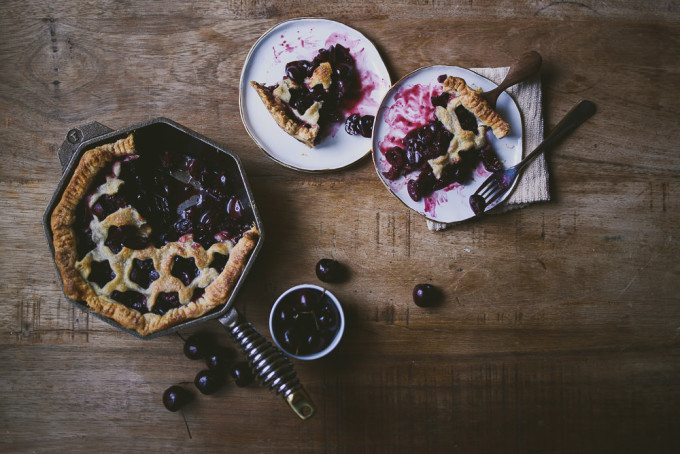
Phoblographer: When it comes to displaying your images, your site is designed in such a way to put a bigger emphasis on the photos. How important do you think this is to the way that someone displaying their photos?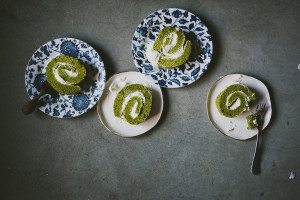
Betty: My blog is very photographically focused, so I definitely wanted the emphasis to be on the photos. The words and text are really there to facilitate my storytelling in addition to the photographs.
Phoblographer: Talk to us about your compositions and how you add elements to your scenes.
Betty: Everything stems from the food. I try to use props, ingredients, and other elements that contribute to the story of the recipe. It has to have some relationship to the dish. Again, I try to include human elements into the shoot as much as possible. It’s not just a recipe with ingredients and directions but the story. What is the process? How do you interact with the food?
Phoblographer: What are some of your favorite props to use? You seem to include lots of napkins, cloths, forks, and specific china.
Betty: Yup, these are all part of my prop collection. I’m always on the lookout for more props, for variability and different scenes.
Phoblographer: What was one of the most difficult meals that you’ve photographed?
Betty: Definitely the lobster boil. Lobsters are not the most photogenic creatures and they’re messy to eat (although I love that).
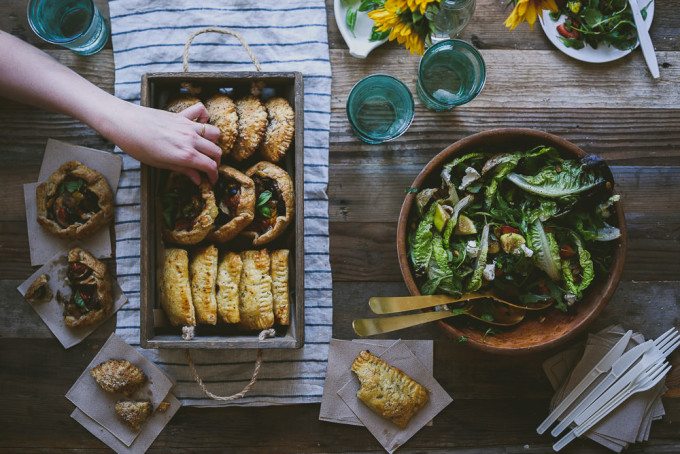
Phoblographer: Talk to us about the lighting and gear. Lots of it seems very natural with the shadows boosted in post-production.
Betty: I do use mostly directional natural light. If you know how to manipulate natural light, there is a lot you can do with it. I use scrims and reflectors to help with lighting. To be honest, the gear doesn’t really matter – as a wedding photographer, I’m always switching out my kit. At the moment, I’m using Nikon D750 or Nikon D810 with the 45mm tilt shift or 58mm 1.4. Oh, and I use a step ladder – definitely a gem in my kit for food photography.
Phoblographer: What’s the overall objective with the food blog and your photography?
Betty: I want to keep it fun, and for me. I love tinkering around in the kitchen. The lovely thing about my blog right now is that I can publish whatever I want, because it’s my creative outlet. I like this freedom, and I don’t have to try to appeal to anyone else. I love the storytelling aspect of weddings, and I like to continue that in other aspects of my life, in this case in the form of food, so that the creativity never stops.
